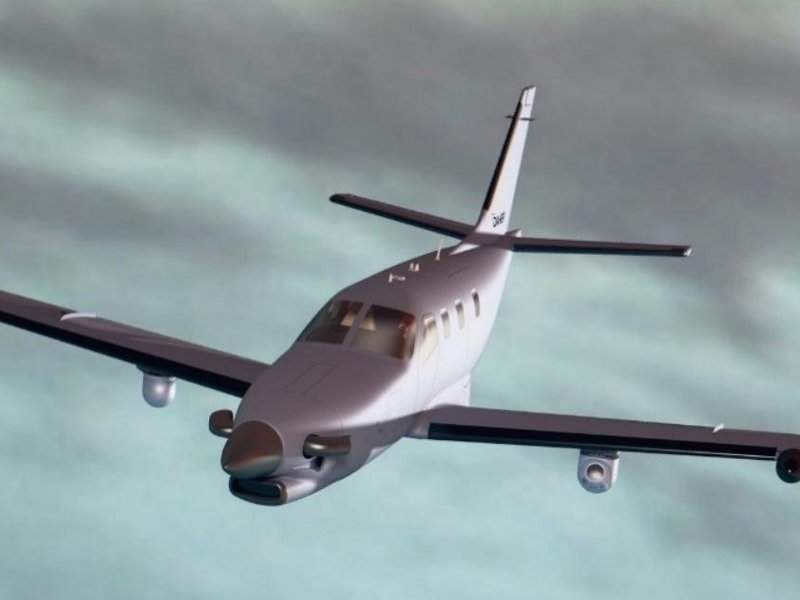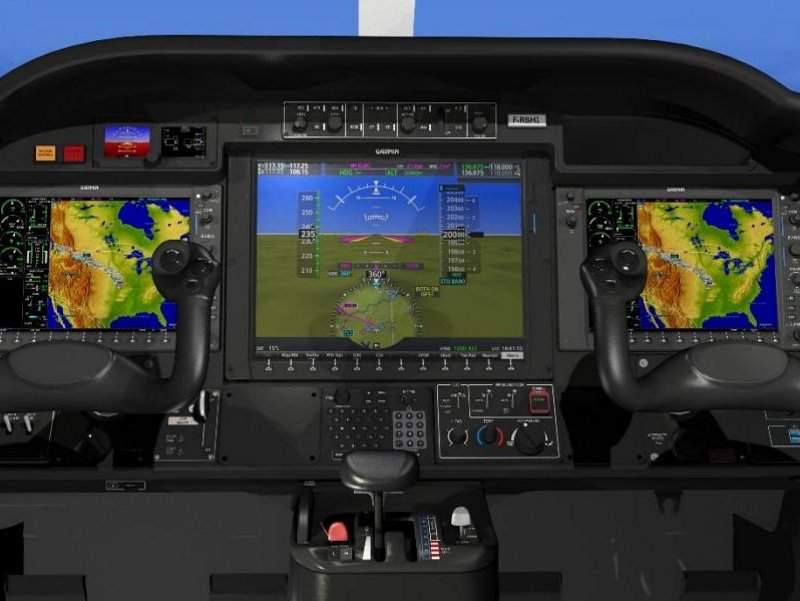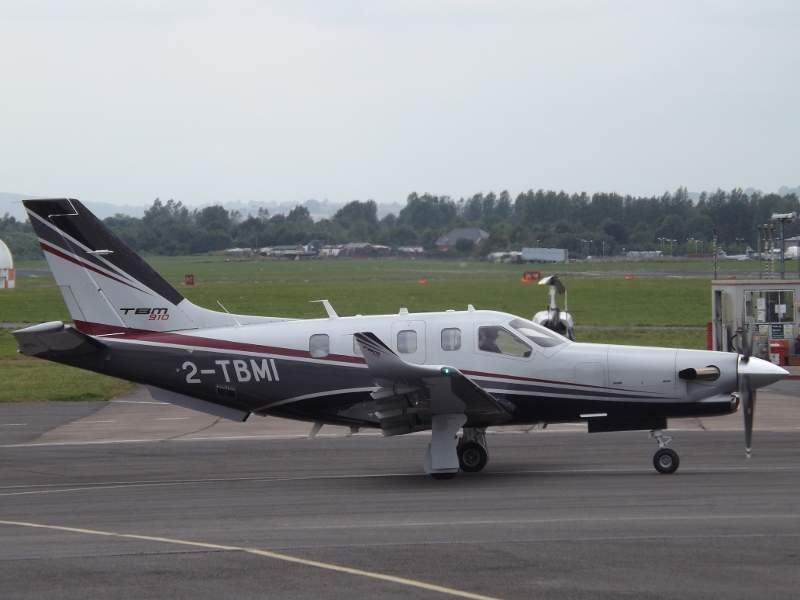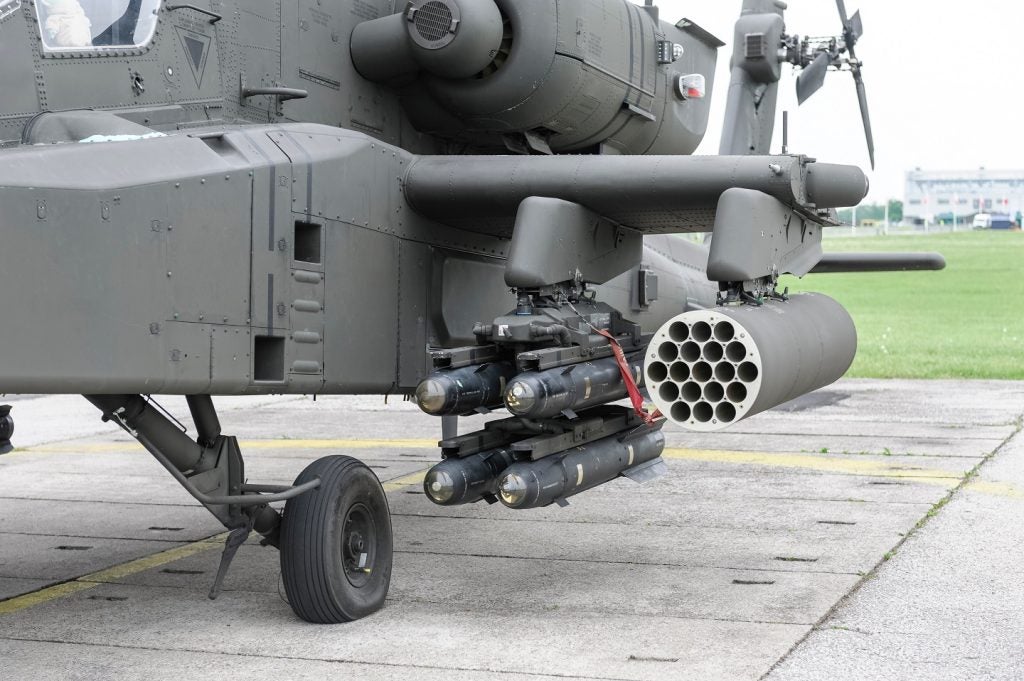The TBM 910 ISR aircraft is the intelligence, surveillance and reconnaissance (ISR) version of the TBM 910 business jet. The ISR variant is being developed by Daher-Socata, an aircraft manufacturing company based in France.
The development of the aircraft was officially announced at the Eurosatory 2018 international defence and security exhibition held in Paris in June.
Designed specifically for surveillance, reconnaissance and search-and-rescue (SAR) operations, the ISR aircraft can also be used for aerial photography applications.
It can be deployed as an alternative to medium-altitude, long-endurance (MALE) unmanned aerial vehicles, as well as heavy aircraft with certain operational limitations.
The aircraft will be manufactured at the company’s production facility in Tarbes-Lourdes-Pyrénées (Hautes Pyrénées), France.
TBM 910 ISR aircraft design and features
The TBM 910 ISR’s airframe will be made of composite materials, which will enhance its structural strength and survivability, while also reducing its weight. It will feature a low-mounted wing design and a conventional tail configuration.
The ISR aircraft will feature underwing hard-points, which will allow it to carry a wide range of sensors and high-definition cameras. It can be further equipped with a multi-sensor optronic retractable turret, synthetic aperture radar/ground moving target indicator and other interception equipment.
The modular design configuration of the ISR aircraft will enable the operators to use it for defence, medical evacuation, air ambulance, security and transport missions.
The aircraft will measure 10.73m-long and 4.35m-high, and have a large wingspan of 12.8m. The basic empty weight of the aircraft will be 2,097kg, while the maximum take-off weight (MTOW) will be 3,354kg.
Cockpit and avionics
The TBM 910 ISR will be equipped with Garmin G1000 NXi all-glass integrated flight deck with physical keypad. It will feature a high-resolution primary flight display and two multi-functional displays that present maps, aviation data, mission data, air traffic, and working condition of the onboard systems.
The cockpit will also feature a digital hour meter, high-power USB charging ports, state-of-the-art TBM e-copilot system, an angle of attack (AOA) indicator, enhanced safety protection/under speed protection (ESP/USP) system, and a stick-shaker.
The wireless connectivity requirement in the cockpit will be handled by the Garmin Flight Stream FS 510 connectivity solution.
The G1000 NXi flight deck will ensure the aircraft to comply with the Federal Aviation Administration (FAA) and European Aviation Safety Agency (EASA) ADS-B requirements.
TBM 910 ISR cabin details
The spacious cabin of the aircraft will be designed to carry a maximum of six passengers. It will measure 4.05m-long, 1.21m-wide and 1.22m-high, as well as offer a maximum volume of 3.5m³.
Engine and performance
The aircraft will be powered by a Pratt & Whitney (P&W) Canada PT6A-66D turboprop engine. The rated thermodynamic power produced by the engine will be 1,825hp. The usable fuel capacity of the aircraft will be 1,100l.
The maximum cruise speed of the aircraft at long-range settings will be more than 460km/h. The maximum speed attained by the aircraft while travelling at an altitude of 28,000ft (8,535m) will be 611km/h.
The aircraft can climb up to its certified ceiling altitude of 31,000ft (9,449m) within 19 minutes. It can travel to a maximum range of 3,204km when flying at a speed of 467km/h (252k).
The TBM 910 ISR will have a maximum payload carrying capacity of 636kg and can carry 404kg of payload with full fuel load. The take-off distance required for the aircraft will be 726m, while the landing distance will be 741m.










